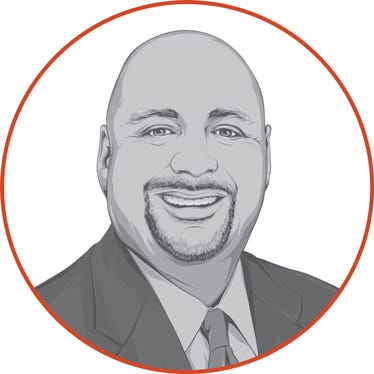
On the farm, making solid plans yet staying flexible as factors change is vital. I’ve written before in this blog about the importance of business planning for farm operations and how we as farm leaders have to remain flexible about those plans. The changing nature of factors like weather and markets continually impact both our crops and our business plans.
One of the best ways to help build in and keep flexibility in your plans is by first figuring your true break-even and then updating and using it regularly. Doing so can be a huge asset to your business, as well as to you as the farm leader. It can help you make better, more informed business decisions all throughout the year.
Know your numbers
First, you have to figure and know your true break-even costs. Do you have a clear handle on that currently? What do you include in your break-even? Do you include asset replacement costs? How about long-term planning? Do you include family living expenses, as well as all debt servicing?
Knowing your projected break-even cost before the next crop year begins gives you and your farm business a place to start with decision-making. A projected break-even will continue to shift during the crop year – as we find out more about our own crop, the markets, how weather has impacted the wider crop in general and other global factors.
No one can know exactly how many bushels they’ll produce, but there are ways to use averages to get an idea of what we historically produce, and what we might produce in the upcoming year. We use a five-year Olympic average with our clients as a starting place for projected yields (figured by taking the last five years of actual yields, dropping the high and low and averaging the other three years).
Some may think break-evens aren’t worth figuring, since the numbers will continue shifting and changing as the farm leader gets more information about costs and potential yield and revenues. But knowing, updating and using your operation’s true break-even is probably one of the best management decisions you can make as a farm leader.
Break-evens & marketing
Incorporating your projected break-even into your farm’s marketing plan is key – they must go hand in hand. Otherwise, the farm leader has to guess what type of price level will be right for their operation. That type of approach requires the farmer to just hope things work out the way they want them to.
Our advisors help our farmer clients figure out their true break-evens – including factors that many don’t include, such as machinery replacement costs. Then they use tools to help the clients project their break-evens and update them throughout the growing season as the farmer gets a closer idea around exact costs and potential yield and revenue.
The advisors work with farmer clients to put together marketing plans that incorporate a clear understanding of the client’s break-evens and overall goals for their operation. They work to keep break-evens current so that information is ready when marketing decisions need to be made.
Ask these questions
Am I currently using break-evens to make decisions for the upcoming crop year?
What am I including as part of that break-even?
How can I work to make my break-even a more accurate reflection of my operation’s costs?
Am I using updated projected break-evens throughout the year as I create and execute my marketing plan?
Who can I enlist to help me get a more accurate picture of my break-even and how to make my operation successful in 2019?
The opinions of the author are not necessarily those of Farm Futures or Farm Progress.
About the Author(s)
You May Also Like






